Happy anniversary. In case you’ve forgotten, we’ve been together five years now. Can you believe that? During the last five years, I’ve told you stories while you’ve shared your memories with me about a place we both love: Montana. And by now, I’m sure you know that I’m head over heels for Montana and Glacier National Park. During our time together, I’ve learned a few things. One is that it’s important to tell the stories that make my heart happy. So, in celebration of my five years of sharing a place I love so dearly I have one more story to tell you. It’s about a perfect day I had on Glacier National Park’s Going-to-the-Sun Road.
Read on…
I take a deep breath and pinch myself. I’m traveling north from Missoula to Glacier National Park on Highway 93 and I’ve just been greeted by the jagged snow-covered peaks of the Mission Mountains near St. Ignatius. This view has met me countless times as I’ve made the journey north, yet it always strikes me as being one of the most beautiful sites in the world.
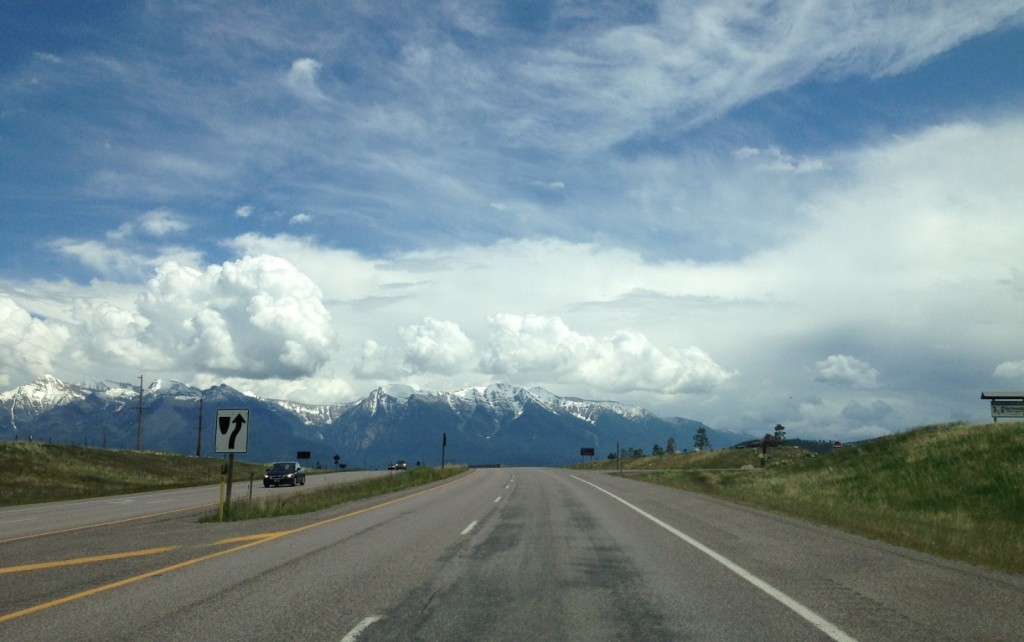
As a lifelong Montanan, it seems that by now I’d be used to the scenic beauty of the state that I call home. But even after 30+ years of living in Big Sky Country, the jaw-dropping views that are found around every corner of this place never cease to amaze me. During my growing-up-years on the Rocky Mountain Front, the western corridor of the state seemed so far away. After all, to access these fertile valleys, I would have had to travel over the mountains. And to a five-year-old girl, that meant actually driving straight through the mountains. In my mind, it couldn’t be nearly as simple as cresting the Continental Divide at Roger’s Pass near Lincoln and traveling west along Highway 200.
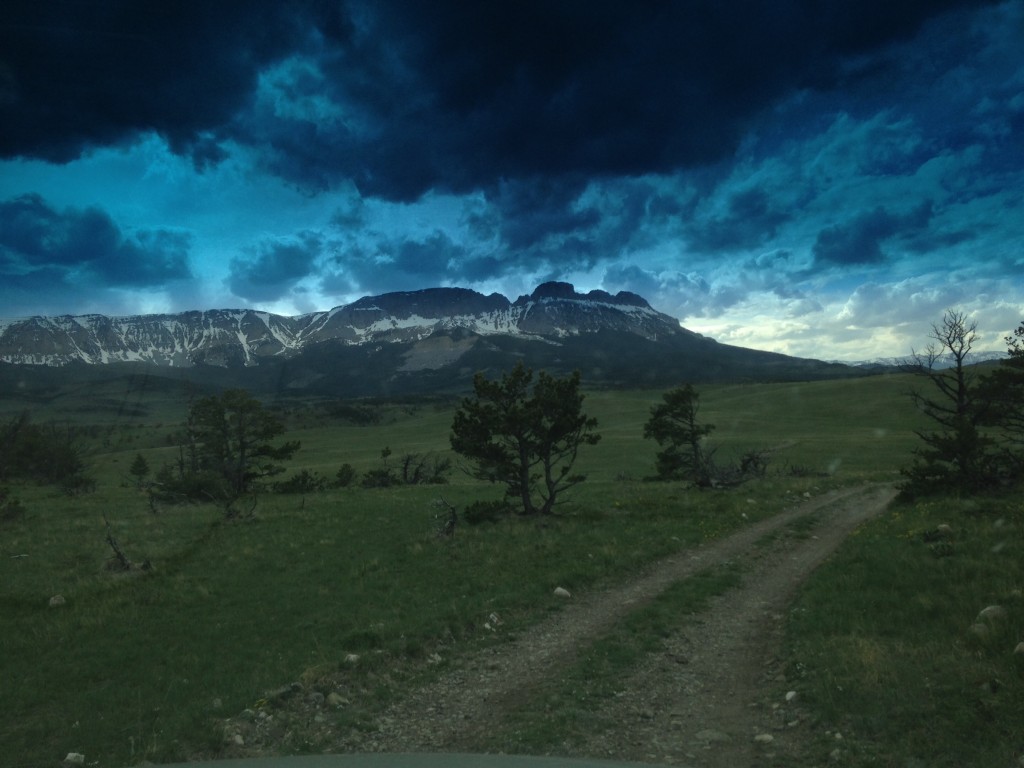
As I continue north, the next view that greets me at the top of Polson Hill is Flathead Lake—the largest natural freshwater lake in the West. At Polson, I take the road less traveled and head around the east side of the lake on Highway 35. My speed slows down as I meander along the shore of the lake and take in the view of countless cherry orchards before settling my gaze on the immense lake to the west.
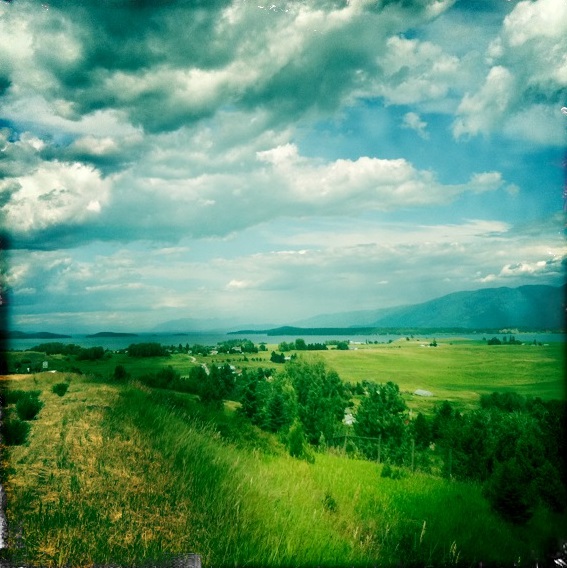

The miles tick by as I continue north toward my destination: Glacier National Park.
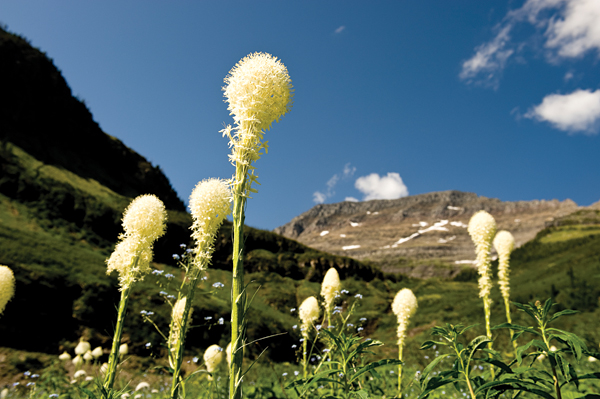
When I was younger, my family spent part of every summer in Glacier National Park where we hiked, camped, played in ice-cold waterfalls and marveled at the size of the historic lodges. And while I’m no longer the little towheaded girl that’s missing my two front teeth, the park is a place that still stops me in my tracks.
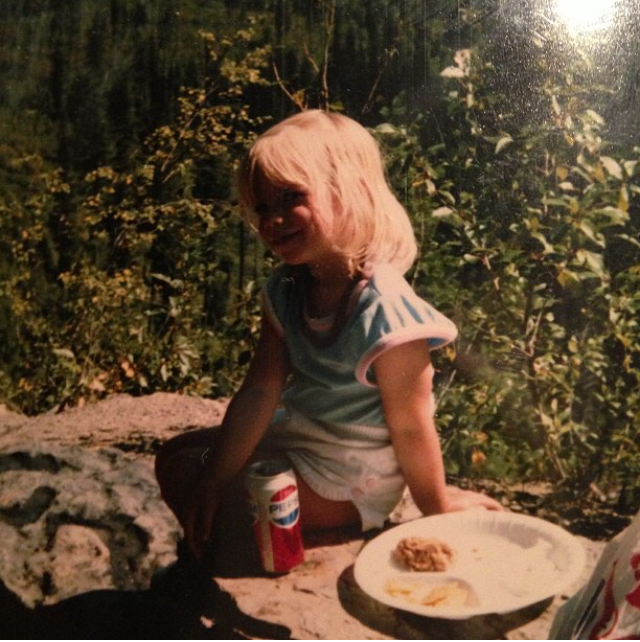
Today, I pull my car off of Highway 2 and drive into the quaint community of West Glacier, crossing the Middle Fork of the Flathead River en route to the park. Before entering the park’s west entrance, I’m taken aback by the teal waters of the Middle Fork. Many of the waterways in the park (including the Middle Fork and McDonald Creek) have a distinct color that is created from glacial runoff. My first stop—Apgar—is located a mere two-minute drive from the park’s west entrance gate. Here, in this quaint village nestled at the southern end of Lake McDonald, I dip my toes into the crystal clear waters of the park’s largest lake.
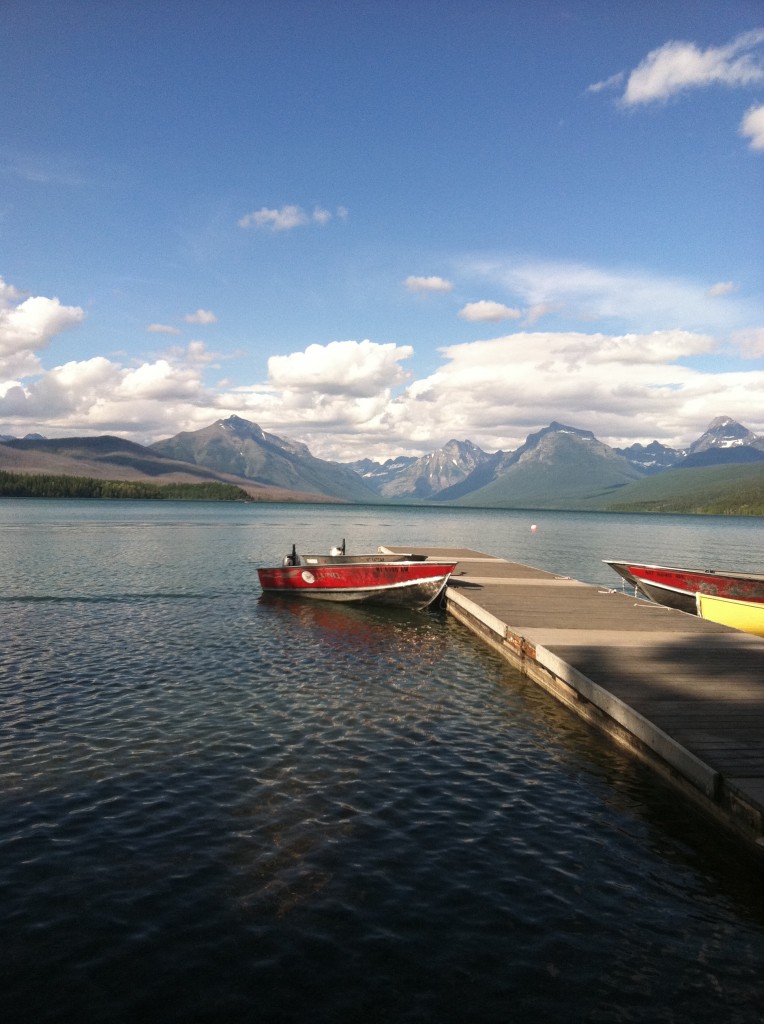
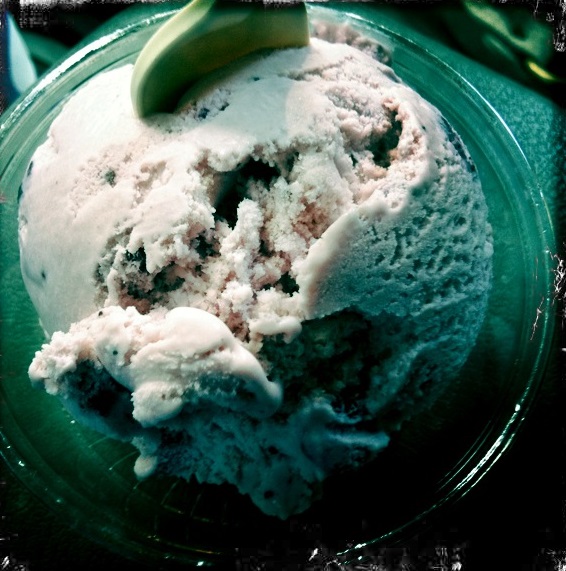
After my customary stop in Apgar Village, I navigate my way further into the heart of the park, piloting the car along the Going-to-the-Sun Road. As the miles tick away under my tires on this 50-mile-long road (it’s an engineering marvel and National Historic Landmark), I think about the builders that spent years laboring here and creating something that allowed visitors to see some of the most stunning scenery in the continental United States. Slowly but surely, I continue on past Lake McDonald Lodge before cruising through a forest of ancient red cedars, steadily gaining elevation as the road curves at “The Loop” and past the Weeping Wall before making a stop at Logan Pass and its Visitor Center. Along the way, I’m greeted by three mountain goats—two adults and a kid—that are often seen just below Logan Pass.
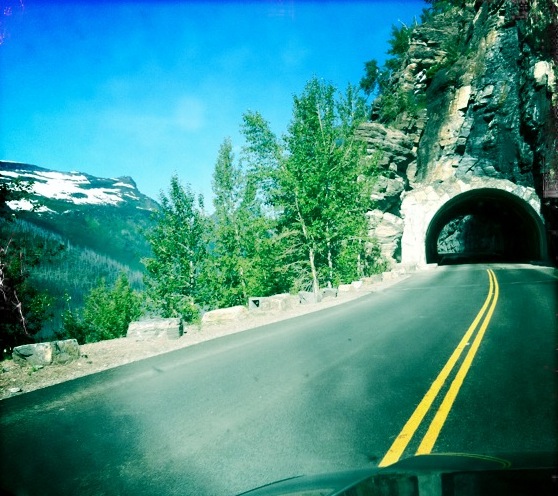
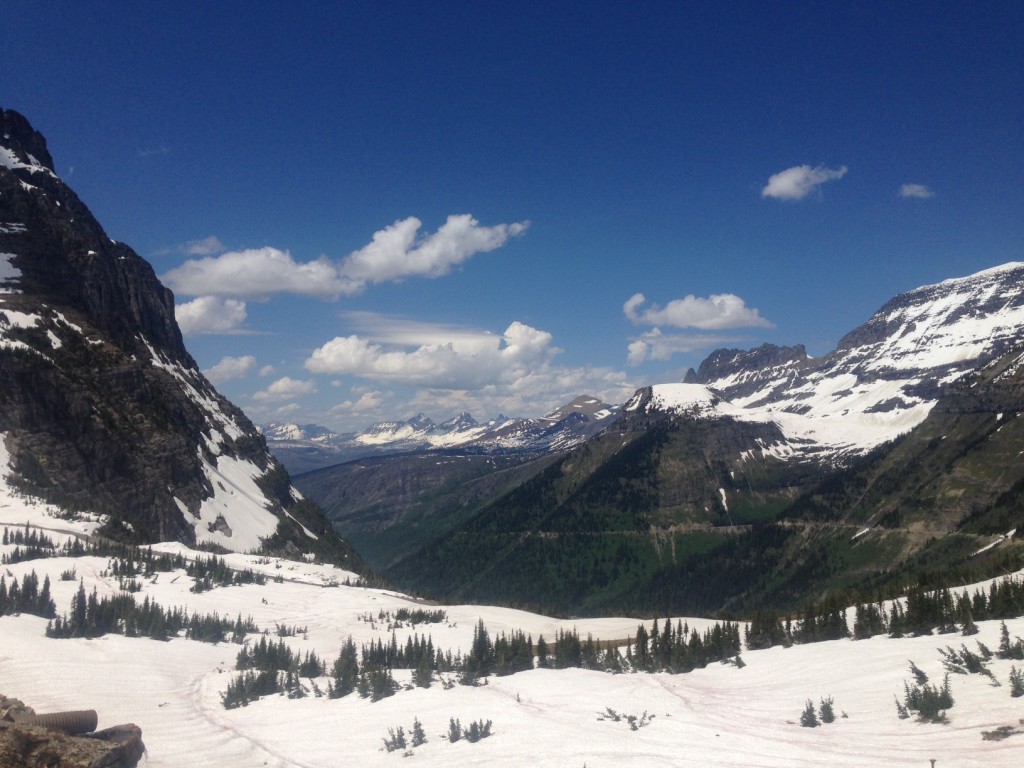
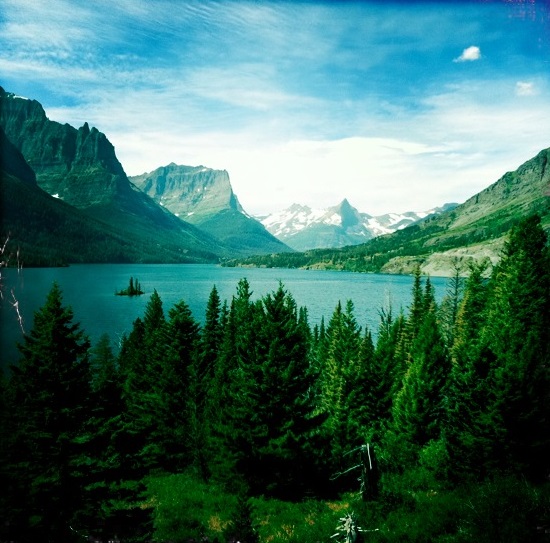
After a short hike in the shadow of Reynolds Mountain among wildflowers, the trip travels onward toward St. Mary. As the car hugs the road and sharp drop-offs and alpine valleys come into view, the terrain continues to change as elevation is lost. Dropping into Two Dog Flats, a starkly different topography of the park comes alive with wider meadows and grasslands. Before exiting the park, I stop at the St. Mary Visitor Center and wander out to take in the view. For a moment in time, I’m given a glimpse into what Montana’s First Nations may have seen and felt when they lived in the park millennia ago. It’s a place of sacred beauty; a land that seems almost otherworldly.
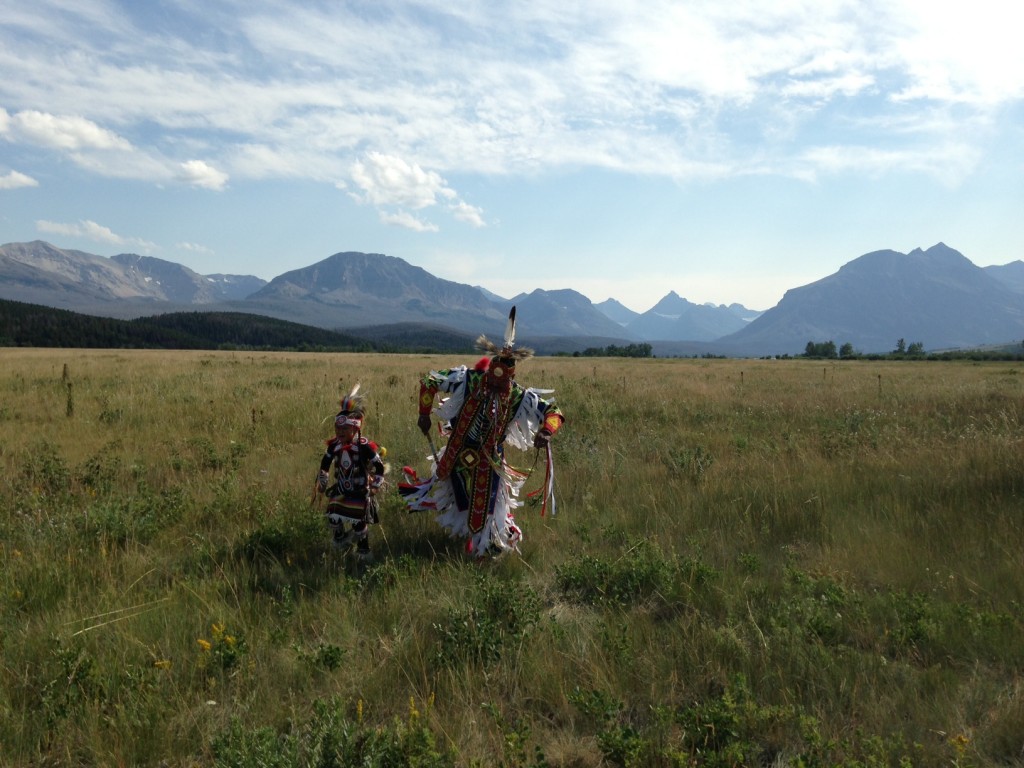
Vowing to capture this moment and feeling in my memory forever, the road trip continues on back to the west entrance of the park. While the easiest drive is taking Highway 89 to Browning before picking up Highway 2 to East Glacier Park, the adventurer in me opts for Highway 49 between Kiowa and East Glacier Park. Also known as Looking Glass Highway, this route provides stunning views of both the Blackfeet Nation and the Two Medicine Valley and has an entry point into Two Medicine.
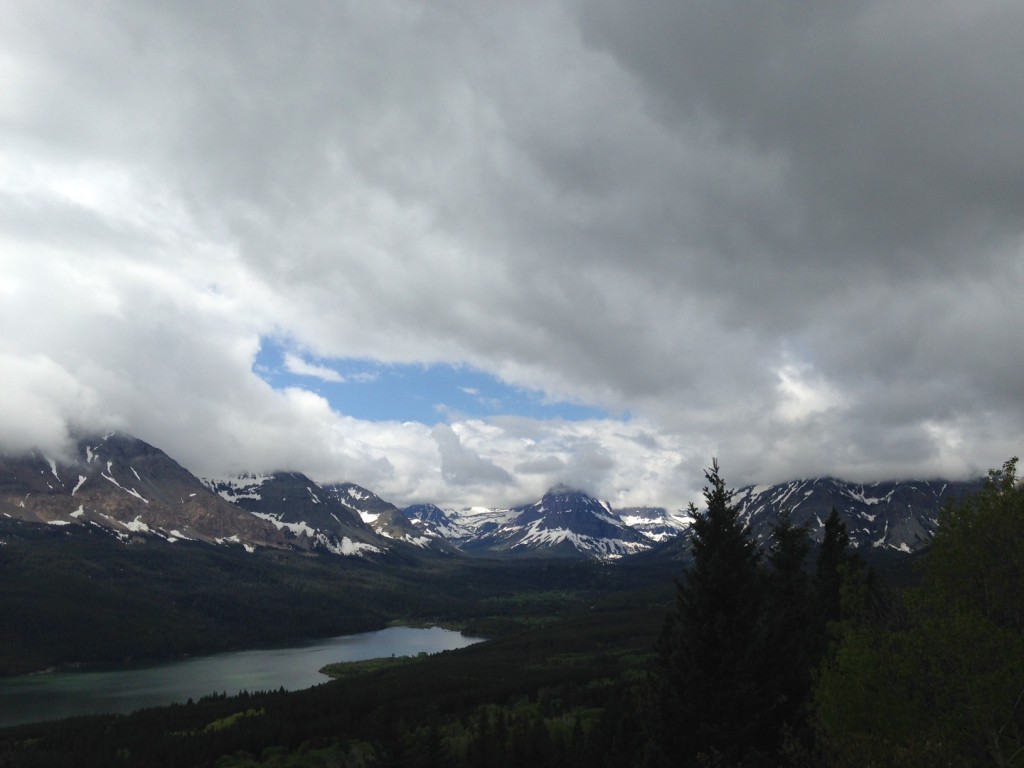
While Two Medicine used to be one of the busiest areas in Glacier (prior to the building of the Going-to-the-Sun Road), today it’s one of the quietest areas of the park and one that I often retreat to. Before catching the evening boat tour on Two Medicine Lake with Glacier Park Boat Company, I make the quick hike to Running Eagle Falls. Also known as “Trick Falls,” this waterfall is actually made up of two separate falls and was named after a female Blackfeet warrior.
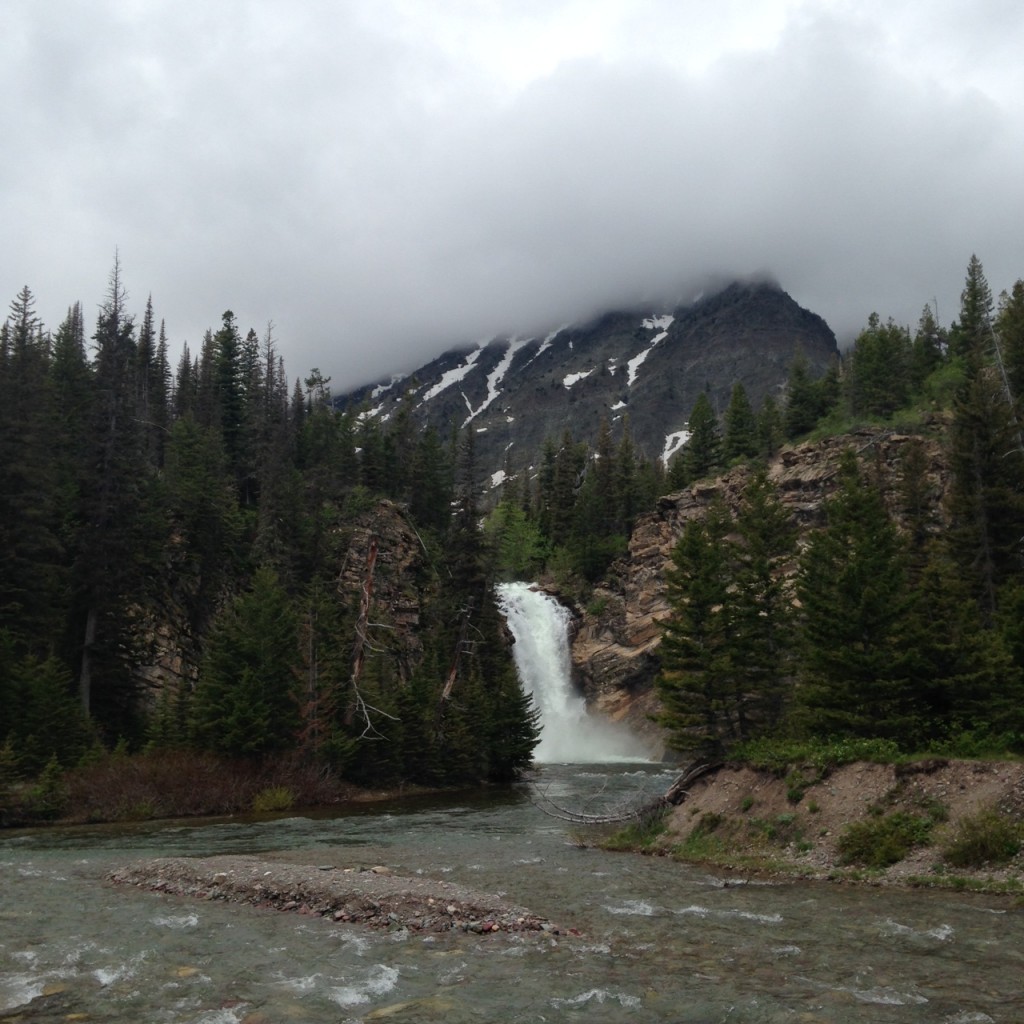
As my mind takes in the importance of this area of the park, I travel west with the setting sun and think back on today in all its perfection. Because to me, any day in Glacier National Park is perfect. May we all find a place that makes our hearts whole, happy and at home.
xo, TT
July 16, 2014
Related: Uncategorized


Comments